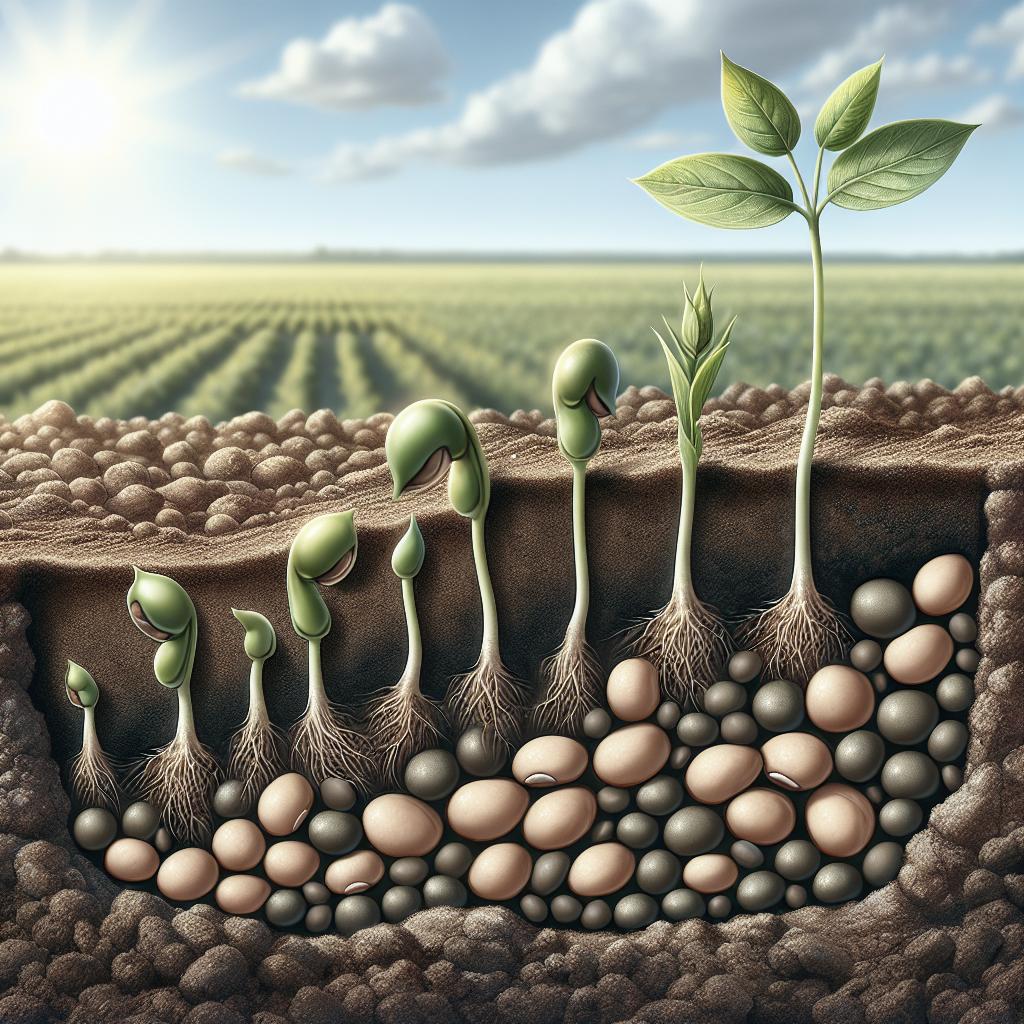“`html
If you’re an avid gardener with a penchant for berries, you’ve probably wondered just how many strawberries you can expect from each plant. Understanding strawberry production involves considering various factors, including the plant type and growing conditions. In this post, we’ll explore strawberry production per plant, specifically focusing on June-bearing, everbearing, and day-neutral varieties. We’ll delve into the intricacies of each type and provide insights into maximizing your yield. Finally, we’ll summarize the key takeaways to help your strawberry-growing endeavors flourish.
Strawberry Production Per Plant
The number of strawberries produced per plant can vary widely based on several factors. These include the strawberry variety, geographic location, soil quality, and general care and maintenance practices. While it’s challenging to pinpoint an exact number for all circumstances, understanding the bases for different strawberry types will provide a useful guideline.
On average, a well-cared-for strawberry plant can produce up to a quart of strawberries per season. However, it is important to note that some varieties fare better in different conditions, and thus their yields might vary. For example, June-bearing varieties typically produce a larger quantity of strawberries in a shorter period compared to everbearing or day-neutral strawberries.
June Bearing Strawberry Production
June-bearing strawberries produce a single, large crop each year, usually over a period of three weeks in late spring to early summer. These strawberries are known for their large, juicy berries, making them a popular choice for many gardeners. Typically, you can expect a June-bearing strawberry plant to yield between 1 and 2 pounds of strawberries per season.
Factors such as plant variety, regional climate, and soil fertility can further influence yield. Examples of high-yield June-bearing varieties include ‘Chandler’ and ‘Allstar.’ For home gardeners looking to maximize their harvest, it’s essential to establish optimal growing conditions, including proper spacing (about 18 inches apart) and full sun exposure.
Everbearing Strawberry Production
Everbearing strawberries produce two to three smaller harvests throughout the growing season, typically from late spring to early fall. While their overall annual yield might be less than June-bearing plants, the continuous production strategy ensures a steady supply of strawberries for a longer period. On average, an everbearing strawberry plant can produce about 0.5 to 1 pound of strawberries per season.
Popular everbearing varieties include ‘Ozark Beauty’ and ‘Quinault.’ These strawberries suit gardeners who prefer a more extended harvest period with fresh strawberries available periodically throughout the season. Given their production pattern, it’s essential to maintain consistent watering and nutrient supply for everbearing strawberries to thrive and maximize yield.
Day-Neutral Strawberry Production
Day-neutral strawberries are the champions of consistency, capable of producing fruit throughout the growing season, regardless of daylight variations. This makes them a favorite for gardeners who want a reliable strawberry supply from spring through autumn. Typically, day-neutral plants yield between 0.25 to 0.75 pounds of strawberries per plant per season.
The variety ‘Tribute’ is a popular day-neutral strawberry known for its adaptability and continuous fruit production. Gardeners should note that while day-neutral strawberries provide a steady harvest, the individual berry size might be smaller compared to other types. Ensuring good soil drainage and regular fertilization can help boost the production of day-neutral strawberries.
Strawberry Production: Lessons Learned
Understanding the potential yield of different strawberry plant types is crucial for gardeners aiming to optimize their harvest. June-bearing strawberries provide a bounty in a compact period, suitable for those wanting bulk fruit at once. Everbearing strawberries offer smaller, spaced-out harvests, while day-neutral strawberries promise continuous production, making them ideal for extended enjoyment.
To summarize, here’s a comparative table detailing the expected yield and characteristics of each strawberry type:
| Strawberry Type | Harvest Pattern | Expected Yield per Plant (per season) | Examples |
|---|---|---|---|
| June Bearing | Single, large crop | 1-2 pounds | ‘Chandler’, ‘Allstar’ |
| Everbearing | Two to three smaller harvests | 0.5-1 pound | ‘Ozark Beauty’, ‘Quinault’ |
| Day-Neutral | Continuous production | 0.25-0.75 pounds | ‘Tribute’ |
More Growing Strawberries
For those inspired to grow more strawberries, it’s important to consider a few additional tips. Start by selecting high-quality plants suited to your local growing conditions. Implement proper spacing and ensure your strawberry plants receive at least six hours of direct sunlight each day.
Consistent watering and mulching can help maintain soil moisture and suppress weeds. Rotate crops and practice good garden sanitation to prevent diseases. Lastly, consider extending your strawberry season by planting a mix of June-bearing, everbearing, and day-neutral varieties to enjoy a continuous harvest throughout the year.
“`


